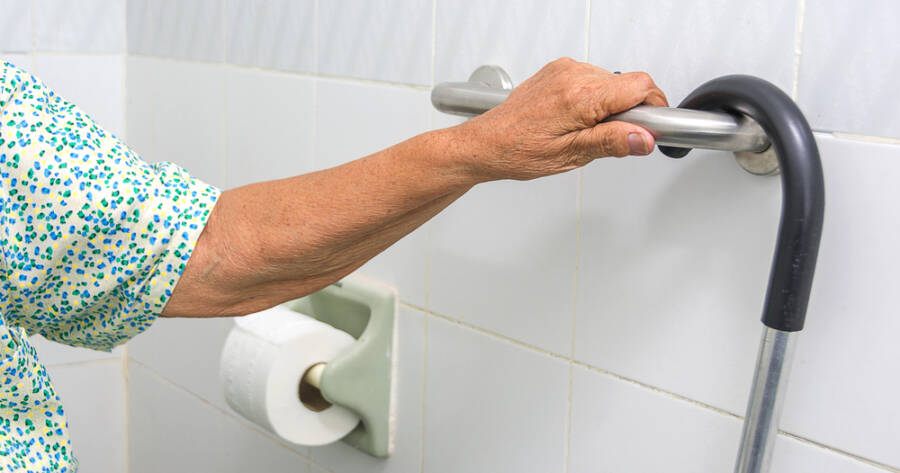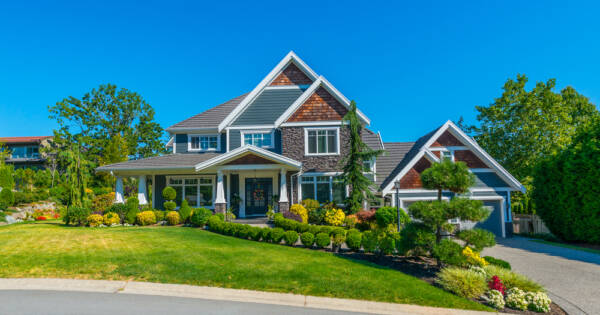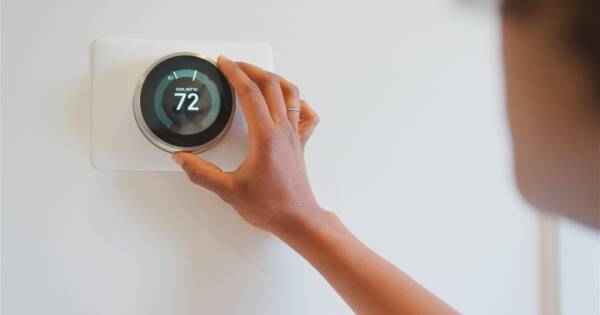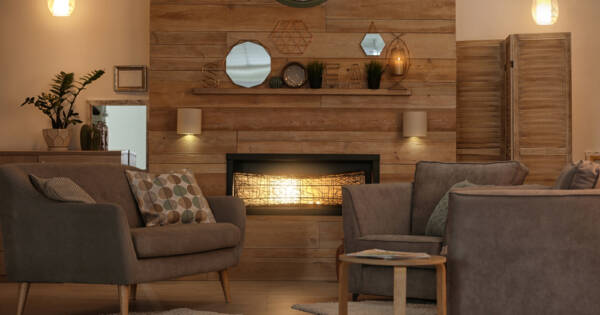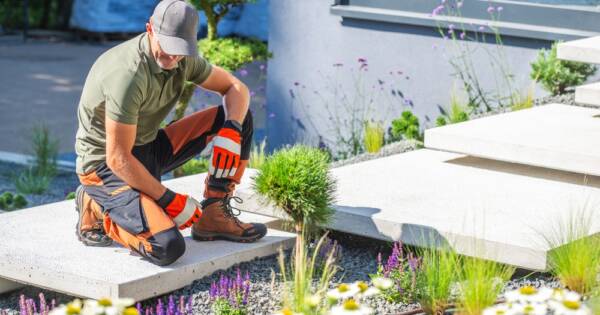Designing an accessible bathroom is essential for creating a space that accommodates individuals of all ages and abilities. Elements such as wide doorways, grab bars, and non-slip surfaces enhance safety and independence. From door dimensions to innovative lighting, modern design choices ensure comfort and accessibility. Accessible bathrooms provide practical benefits for the entire household.
Accessible Bathroom Ideas: Creating a Safe and Comfortable Space
Essential design elements focus on creating a safe and comfortable environment that promotes independence and usability. These elements include wide doorways, grab bars, and roll-under sinks, all aimed at accommodating people with different physical needs across the age spectrum. Curbless showers and non-slip surfaces further enhance safety and accessibility, making the bathroom more functional for everyone.
Doorways and Mobility
For wheelchair access, doors should be at least 32 inches wide with flat thresholds. The use of offset hinges can provide additional clearance without requiring extensive renovations.
Maintaining a 60-inch turning space allows for wheelchair maneuverability, a critical aspect of an inclusive bathroom design to support maneuverability. Space planning should ensure that there is ample room around toilets and sinks to facilitate ease of use and assistance when necessary.
Sinks and Toilets
The sink area should be accessible, featuring a roll-under design and faucets with long handles. Tilted mirrors and lower storage solutions provide practicality and accessibility, minimizing the need for reaching across various fixtures.
Toilets should be comfort-height with side clearance for wheelchairs, incorporation of grab bars, and accessible flush controls, making it easier for users with mobility challenges.
Showers and Bathing
Shower areas benefit significantly from being 32-36 inches wide with a depth of 60 inches, facilitating accessibility with curbless entries.
Features like benches and handheld showerheads offer enhanced convenience and safety, especially for those who may need to sit while showering or require adaptable features. Walk-in tubs with low thresholds cater to users unable to step over traditional tub aprons, providing an alternative for safe bathing experiences.
Safety and Temporary Solutions
Safety in the bathroom is paramount; non-slip surfaces should be used throughout to prevent accidents and enhance usability. For those not ready to undertake a full remodel, non-permanent solutions like removable grab bars and freestanding toilet frames can improve accessibility without significant alterations.
These adjustments offer flexibility for changing needs or temporary accommodations, underscoring the importance of adaptable designs.
Innovative Lighting and Fixtures
Proper lighting is vital in an accessible bathroom, ensuring functionality from both sitting and standing positions. Larger rocker switches, motion sensor lights, and voice-controlled smart lighting enhance usability for individuals with varying accessibility needs lighting flexibility. Wall-mounted fixtures can help conserve space in smaller bathrooms while providing essential features without compromising accessibility.
Learn More About Accessible Bathroom Design
Accessible bathroom design not only enhances safety and comfort but also supports the independence of those with mobility challenges. These designs benefit everyone in a household, from aging family members to young children, making them a valuable and practical addition to any home.
Considering future needs and incorporating universal design principles can significantly improve quality of life, leading to more inclusive and user-friendly spaces. Exploring these concepts further can provide valuable insights into creating environments that cater to all abilities, ensuring accessibility and comfort remain a priority in bathroom design.
Sources
Universal Design in Accessible Bathroom Spaces
ADA Guidelines for Accessible Bathrooms
Remodeling for Handicap Accessibility
